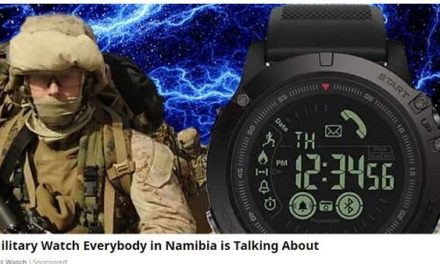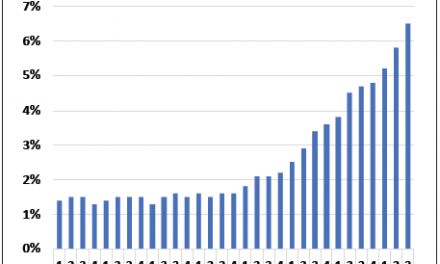
Erongo must be freed from oppressive domination
After an extensive investigation it has finally come to light that there is a sinister underground group active in the Erongo region going by the name of the Erongo Separatist Liberation Army (ESLA). This group consists of a motley arrangement of misfits and other deluded fools advocating the independence of the Erongo Region. Unconfirmed reports indicate ESLA is headed by a geriatric but charismatic leader in exile somewhere in Siberia under the protection of the Siberia Freedom Front.
OK – enough nonsense. It is not my personality to spin nonsense but the rather prickly introduction serves to shade the canvas on which I want to try and place the separatist movement in the Caprivi within context.
There is nothing that prevents any discontent or malfeasant to gather his own small group of so-called liberators and stir up a racket in an otherwise prosperous region. And I am fairly sure there are many individuals in the Erongo Region that would love to give the central government in Windhoek a kick, only if they could find an acceptable pretence, and enough backers to add numbers to their drive.
The Erongo Region is a very prosperous region but it is still isolated from the interior by endless miles of desert and very dry savannah. In the east it is naturally fenced by the Khomas massive, in the south there is a sea of dunes protecting it and in the northeastern corner, an enemy will be spotted a hundred kilometres away across the open plains. For practical reason, the liberators can forego any claims east of Karibib, but for sentimental reasons, the Erongo mountains cluster can be included.
The Erongo Region controls our only deepwater harbour. It is home to our three most important coastal towns, it includes a gold mine, two uranium mines with several more in the planning stages, and above all, 90% of the fishing industry operates in the maritime waters adjacent to its mainland.
It has a massive investment in water desalination with more plants in the pipeline. Finally, it is also home to a seal colony where the number of inhabitants may swell to one million seasonally but which is on the brink of extermination if the seal-huggers are to be believed.
In short, a considerable contribution to the economic pie comes from this region. Lately, it has been in the spotlight due to the controversy surrounding the proposed development of an industrial park which incidentally will pump another N$12 billion in primary investment into the region.
And if economic development so requires, two more harbours can be constructed along the coastline. If oil is actually discovered, Erongo will outstrip all other regions combined in its contribution to the prosperity cake.
The Erongo Region basically does not need the rest of the country. So what better reason does one need to want independence? In the rural area, it is largely dominated by two ethnic groups but this can be reduced to one by granting Omatjete its own vassal status.
The Caprivi Region is Namibia’s most isolated region and has always constituted somewhat of a headache for the administration in Windhoek. A very enlightening book I recently read sketches the history of the Caprivi and the first German efforts to bring it under the Windhoek administrative umbrella more than a hundred years ago. Similarly, while administrated by South Africa, it was passed from various authorities located in SA itself until, some years before Independence, it was transferred to the authorities in Windhoek. Even today, it is so far east that the time-change law makes special provision that winter time does not change east of the Kongola bridge.
But to try and make a case that the government in Windhoek has no concern for the region or its inhabitants, is patent nonsense. Only people who do not know what the Caprivi was like before Independence, or those with a motive to stir trouble, will either believe or make such statements. There are no sound political or economic reasons for any person to advocate the independence of the Caprivi Region. It is administratively integrated into Namibia as a whole, and despite its distance from Windhoek, it has developed into an extremely important gateway to Zambia, Zimbabwe and Botswana. Whoever claims it must be independent is exploiting its geographical remoteness to serve their own agenda.
And if it were to operate as an independent little homeland, where will its economic links be? It is just as isolated from Zambia and Botswana as it is from Windhoek. Ethnically the Caprivians are brothers once-removed to the Barotsi in Zambia but I do not see any special Western Zambia sympathies when I look at Lusaka.
Caprivi is Namibian and it is in the interest of all other Namibians for the government to ensure that Caprivians understand this.











































